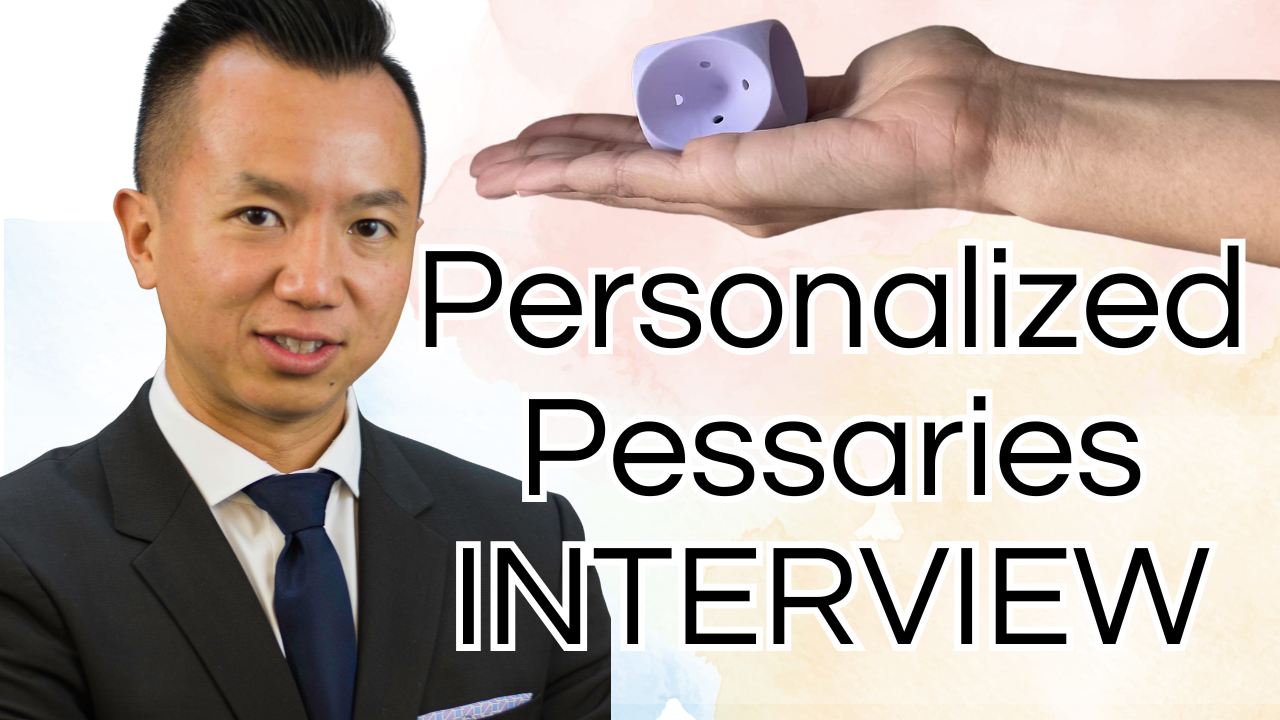"Squishy tummy" and other postpartum Q's

I love hearing from you!!! I enjoy helping in any way I can; answering questions, clarifying, and pointing you in the right direction(s) for additional guidance. Read on for some recent reader questions, and know that you can contact me any time with questions of your own. Just reach out on social media! I am a Pelvic Floor Specialist and can help you get your body back after your baby.
The first postpartum question:
I used to have a 3 finger width gap (diastasis recti) but worked hard to get my muscles back in place. Now when I do the test to check the gap, I have a 1 finger width gap, but the connective tissue is severely stretched and loose. I can put my finger in pretty far by my bellybutton and feel a pulse. After I eat I still look 5 months pregnant, and I look 4 months pregnant if I have not eaten. So frustrating!! I worked hard to lose all the pregnancy weight too. Have you seen this squishy tummy issue before? Any suggestions? I am 13 months postpartum and my muscles have been back to normal for at least 6 months. Does it just take time, or is it a hopeless case that needs surgery? Any help or insight at all would be wonderful. Thanks!!
My response:
It sounds your rectus abdominis ("six pack") muscles have come back together, but the underlying muscles and connective tissues are still quite weak. That's why it feels "squishy" in there, and why you can so strongly feel your pulse from the large blood vessels that travel through your abdomen. As my friend, postpartum fitness specialist Jenny Burrell states, "when it comes to diastasis recti recovery, the tension of the linea alba (the connective tissue found at your midline) might actually be more important than the 'inter-recti distance' (the distance between the edges of the two bellies of the rectus abdominis)."
NOT TO WORRY; this is a common situation, and you likely do not need surgery, at least not at this point!
There are many pieces to the diastasis recti puzzle. Definitely explore the following "pieces" further:
TIME & LIFESTYLE
First, and arguably most important, it takes TIME to heal overstretched tissues. Be patient. I know it sucks to hear this, but really and truly... Give yourself more time.
Meanwhile, know that LIFESTYLE is another (super important) thing to consider. Lifestyle factors are always interesting to explore. Sure, it's fun (and effective!) to follow an exercise program designed for diastasis recti recovery, because it feels like you're DOING SOMETHING to heal your condition. However, as much as I promote core strengthening, exercise programs typically comprise just 20-30 minutes of your day. What you do with the REST of your day — over and over, often without even THINKING about it — is what really counts.
For example... When you lift, you must always — without fail — engage your core and EXHALE on exertion. This includes lifting your kids, your dog, groceries, weights... Even a pencil! Exhale on exertion to help manage your intra-abdominal pressure. This is TRULY important when it comes to strengthening (and protecting) those underlying connective tissues and deep core muscles. Here’s a video that can help:
Another example: when you get out of bed, or when you sit up from doing your core exercises on the floor, do you "jack-knife" up (i.e. sit bolt upright)? If so, you're not doing your weak core tissues any favors! Instead of sitting bolt upright, roll to your side and then push yourself up with your hand. And of course... Engage your core and exhale on exertion as you do so.
BREATHING
It's important to have a proper breathing strategy when healing and repairing the deep core muscles and tissues. When you inhale, your belly and lower ribs should gently expand and relax as your diaphragm moves down. When you exhale, your belly and lower ribs should gently draw in as your diaphragm moves up. I describe "core breathing" more fully in my book. Focus on core breathing throughout the day by taking nerve-soothing "breath breaks" (it's relaxing, once you get the hang of it!), or you can use core breathing as a core toning exercise. Really tune in and FEEL:
-
the gentle expansion of your belly and your lower ribs as you inhale
-
the gentle lift of your pelvic floor and pulling inward of your abdominals as you exhale
EXERCISE after baby
When it comes to diastasis recti recovery, you must be sure you're working your deepest abdominal muscles safely and effectively. Click below to watch a video about the most common exercises that can HURT your abdominal area and pelvic floor (if you have diastasis recti)... and how to do them right!
The most important thing to remember is to KEEP MOVING. You have some weakness in your connective tissues, but it's not a death sentence, and it does not mean you should FEAR movement. You might need to avoid certain exercises such as sit-ups or abdominal "crunches" for now, and you should be careful with planks... But do NOT let fear of your condition get in the way of an active, vibrant lifestyle.
The more you move your body, the stronger your muscles and tissues will become THROUGHOUT your body... Core, and elsewhere. If you also have pelvic organ prolapse, then check out my Lift program to help you return to your active lifestyle. If you're specifically looking for diastasis recti recovery program for postpartum women, I recommend MUTU System.
POSTURE
It's imperative that you watch your posture throughout the day to get a sense of how you're REALLY carrying yourself when you're walking, standing, and even sitting. Ideally, for your strongest core and to help heal diastasis recti, you should stand with your:
-
ears over your shoulders
-
ribs over your hips (not thrusting forward)
-
pelvis "backed up" so that your hips are over your heels
Remember: head over hips over heels! Your pelvis should be in a neutral alignment (i.e. don't tuck your butt under, and don't thrust your butt way back like a gymnast) and your lower ribs should NOT be popping/thrusting forward.
The reason posture is so important for diastasis recti recovery is that maintaining proper alignment helps keep your core muscles at their optimal position for firing. If you're standing, sitting, or walking with wonky posture, your core muscles won't be able to fire effectively... Thus they won't gain strength (or support your body to their max potential). And the whole point is to recover your core... Right? So give your core tissues a CHANCE to recover by using proper posture.
NUTRITION
Collagen is the building block of all connective tissue (including fascia and your linea alba), which is exactly what you're currently trying to heal and repair when it comes to lingering "squishy tummy!" Don't go out and purchase boxes of "Jell-O" to get your collagen fix — it's full of sugar and artificial flavorings and colorants. Instead, use whole food sources such as homemade bone broth or collagen peptides blended into your next green smoothie.
Collagen is more than 70% water, so optimal levels of hydration are required for reconstruction. Thus, in addition to supplementing with collagen from whole food sources such as bone broth and gelatin, you're going to want to drink PLENTY of water (don't allow yourself to get thirsty).

You also need sufficient macro + micronutrients. From Jenny Burrell:
"In order to heal tissue trauma, an adequate supply of essential and non-essential amino acids (the building blocks of collagen) need to be available... Vitamin C is also an essential vitamin, and Zinc a hugely important mineral. But quite literally, the FULL spectrum of vitamins, minerals, fatty acids and macro nutrients needs to be consumed along with adequate water to create an optimal foundation for wound healing. The Post Natal period is no time to be restricting calories and entering severe detox programmes. Drinking some bone broth is an excellent start but it’s just that….a start….most women will need deep education made simple for them and coached though change of habits that they may have had for decades in order to solve their Diastasis puzzle."
So in a nutshell, remember: when it comes to DR rehab, it's not just about closing the gap, it's about healing the connective tissues UNDERNEATH. Follow the guidelines above for your best shot at comprehensive DR recovery.

Does your pelvic floor need help?
Many women think they just need live with the changes they’re experiencing
“down there,” but this is NOT the case. Take the short quiz to find out if you have issues that can be solved naturally.







